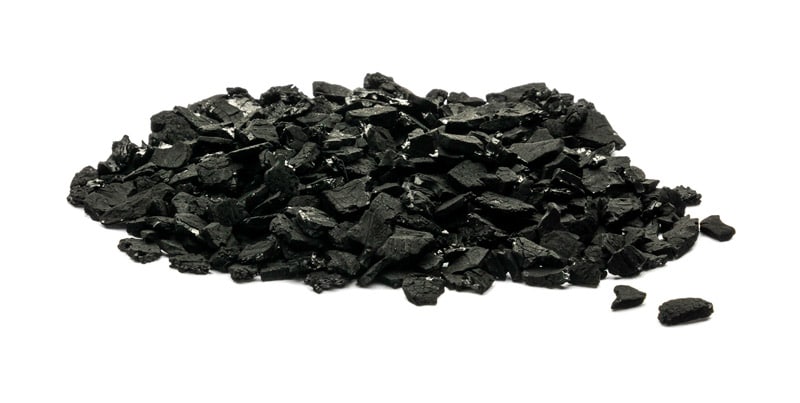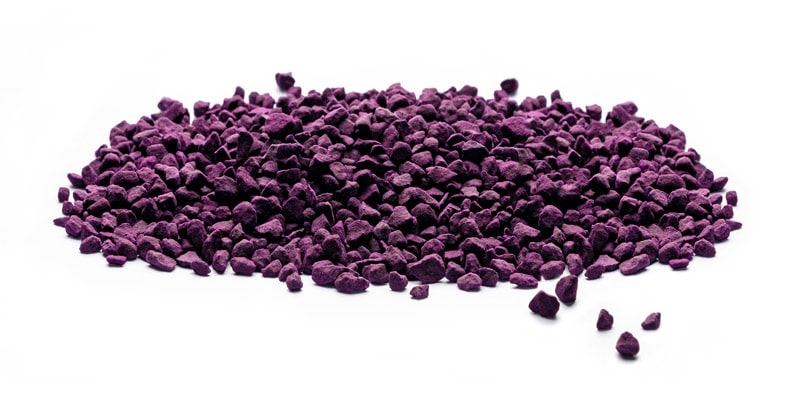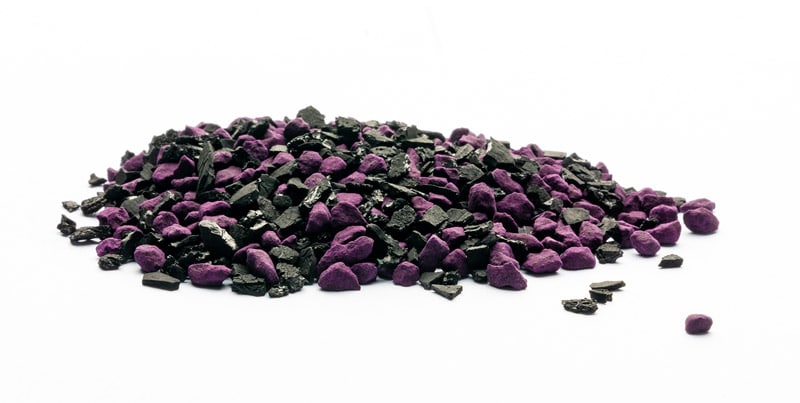Air Pollutants
Search for your pollutant, contaminant or concern for a product
Fish Odors
Media Solution
Floral Scents
Media Solution
Fluorotrichloromethane
Trichlorofluoromethane, also called freon-11, CFC-11, or R-11, is a chlorofluorocarbon. It is a colorless, nearly odorless liquid that boils at about room temperature.
Media Solution
Formaldehyde
Formaldehyde is an organic compound with the formula CH2O. It is the simplest aldehyde, hence its systematic name methanal.
Formaldehyde is a colorless gas with a characteristic pungent odor. It is an important precursor to many other chemical compounds, especially for polymers. In 2005, annual world production of formaldehyde was estimated to be 23 million tonnes (50 billion pounds).[4] Commercial solutions of formaldehyde in water, commonly called formalin, were formerly used asdisinfectants and for preservation of biological specimens.
In view of its widespread use, toxicity and volatility, exposure to formaldehyde is a significant consideration for human health.[5] On 10 June 2011, the US National Toxicology Programhas described formaldehyde as “known to be a human carcinogen“.
Media Solution
Formic Acid
Formic acid (also called methanoic acid) is the simplest carboxylic acid. Its chemical formula is HCOOH or HCO2H. It is an important intermediate in chemical synthesis and occurs naturally, most notably in the venom of bee and ant stings. In fact, its name comes from the Latin word for ant, formica, referring to its early isolation by the distillation of ant bodies.Esters, salts, and the anion derived from formic acid are referred to as formates.
Media Solution
Gangrene
Gangrene is a serious and potentially life-threatening condition that arises when a considerable mass of body tissue dies (necrosis).[1][2] This may occur after an injury or infection, or in people suffering from any chronic health problem affecting blood circulation.[2] The primary cause of gangrene is reduced blood supply to the affected tissues, which results in cell death.[3] Diabetes and long-term smoking increase the risk of suffering from gangrene.[2][3]
Media Solution
Garlic
Allium sativum, commonly known as garlic, is a species in the onion genus, Allium. Its close relatives include the onion, shallot, leek, chive,[1] and rakkyo.[2] Dating back over 6,000 years, garlic is native to central Asia,[3] and has long been a staple in the Mediterranean region, as well as a frequent seasoning in Asia, Africa, and Europe. It was known to Ancient Egyptians, and has been used throughout its history for both culinary and medicinal purposes.[4]
Media Solution
Gasoline
Gasoline ![]() /ˈɡæsÉ™liËn/, or petrol
/ˈɡæsÉ™liËn/, or petrol ![]() /ˈpÉ›trÉ™l/, is a transparent petroleum-derived liquid that is primarily used as a fuel in internal combustion engines. It consists mostly of organic compounds obtained by the fractional distillation of petroleum, enhanced with a variety of additives. Some gasolines also contain ethanol as an alternative fuel. In North America, the term “gasoline” is often shortened in colloquial usage to “gas”, whereas most current or former Commonwealth nations use the term “petrol”. Under normal ambient conditions its material state is liquid, unlike liquefied petroleum gas or “natural gas”.
/ˈpÉ›trÉ™l/, is a transparent petroleum-derived liquid that is primarily used as a fuel in internal combustion engines. It consists mostly of organic compounds obtained by the fractional distillation of petroleum, enhanced with a variety of additives. Some gasolines also contain ethanol as an alternative fuel. In North America, the term “gasoline” is often shortened in colloquial usage to “gas”, whereas most current or former Commonwealth nations use the term “petrol”. Under normal ambient conditions its material state is liquid, unlike liquefied petroleum gas or “natural gas”.
Media Solution
Heptane
Heptane is the straight-chain alkane with the chemical formula H3C(CH2)5CH3 or C7H16. When used as a test fuel component in anti-knock test engines, a 100% heptane fuel is the zero point of the octane rating scale (the 100 point is a 100% iso-octane). Octane number equates to the anti-knock qualities of a comparison mixture of heptane and isooctane which is expressed as the percentage of isooctane in heptane and is listed on pumps for gasoline dispensed in the United States and internationally.
Media Solution
Heptylene
Hep’tyl·ene noun (Chemistry) A colorless liquid hydrocarbon, C 7 H 14 , of the ethylene series; also, any one of its isomers.
 HS-AC
HS-AC
 HS-600
HS-600
 XB-17
XB-17